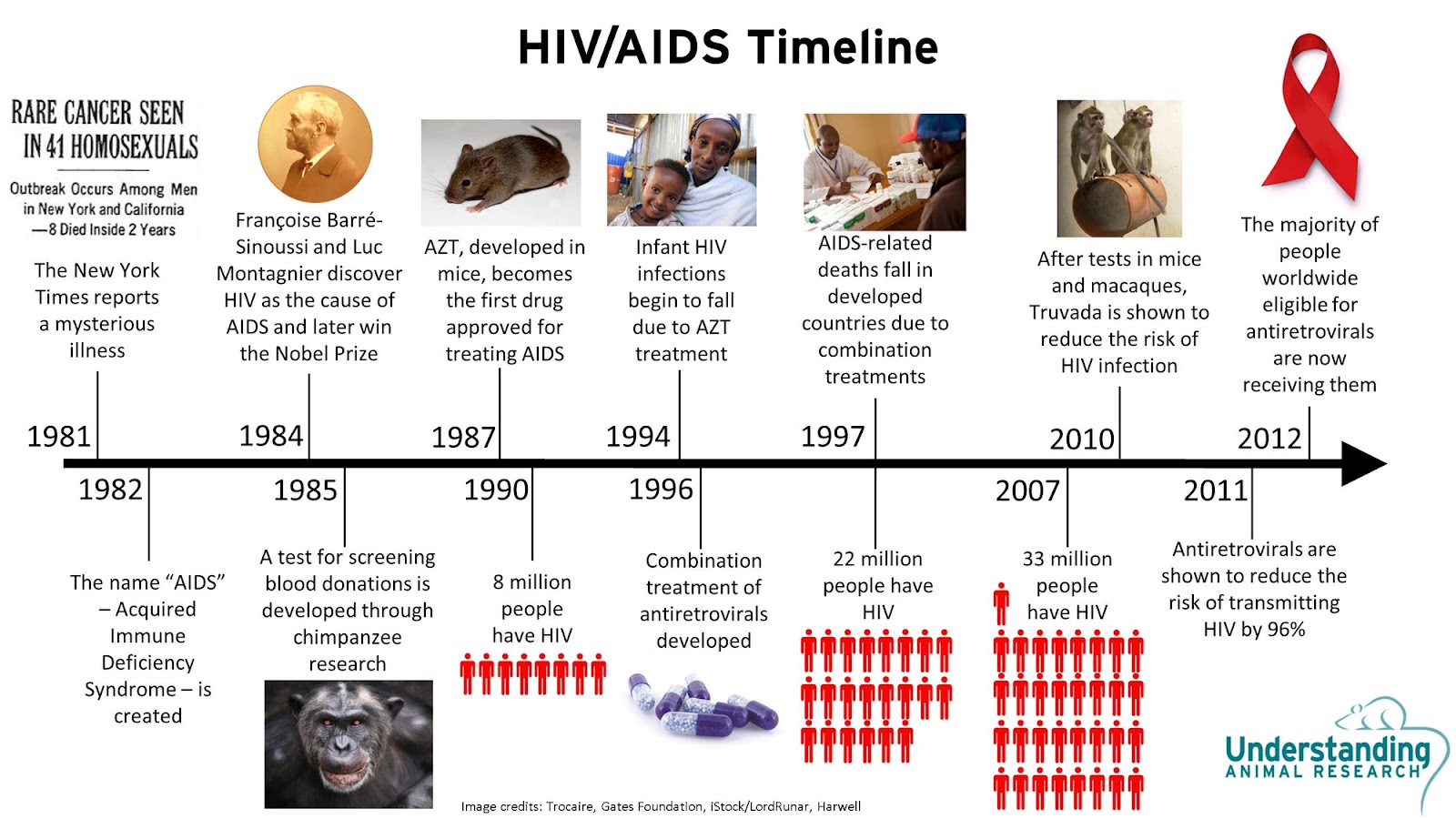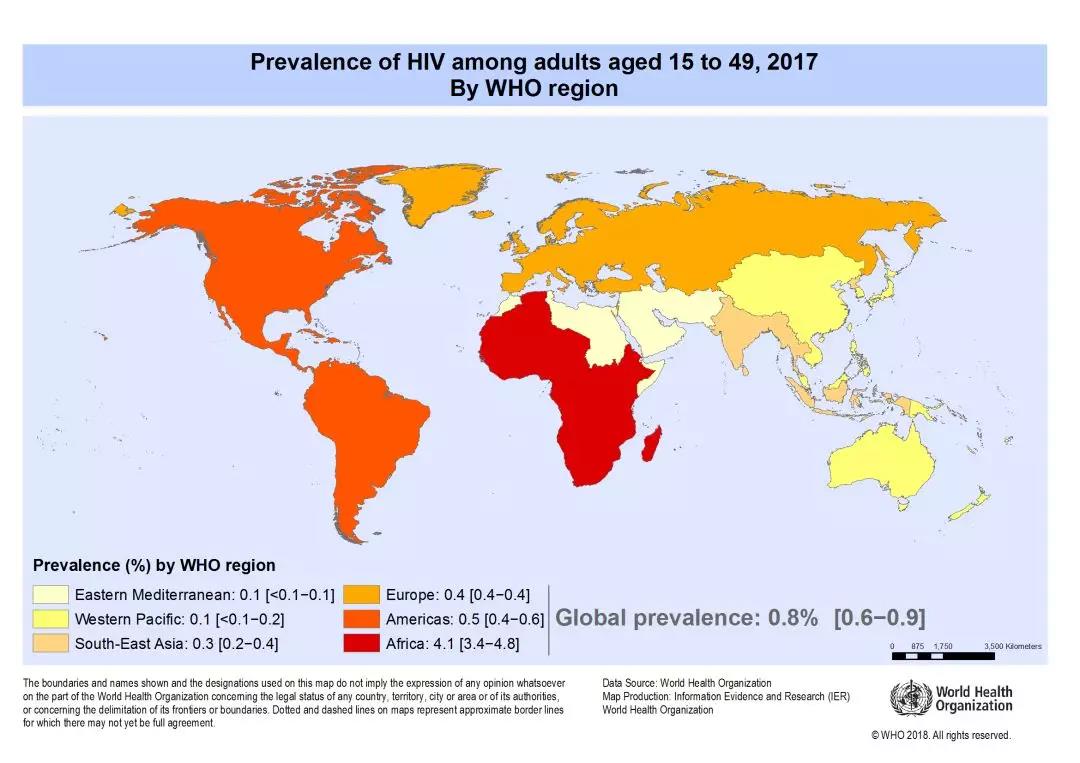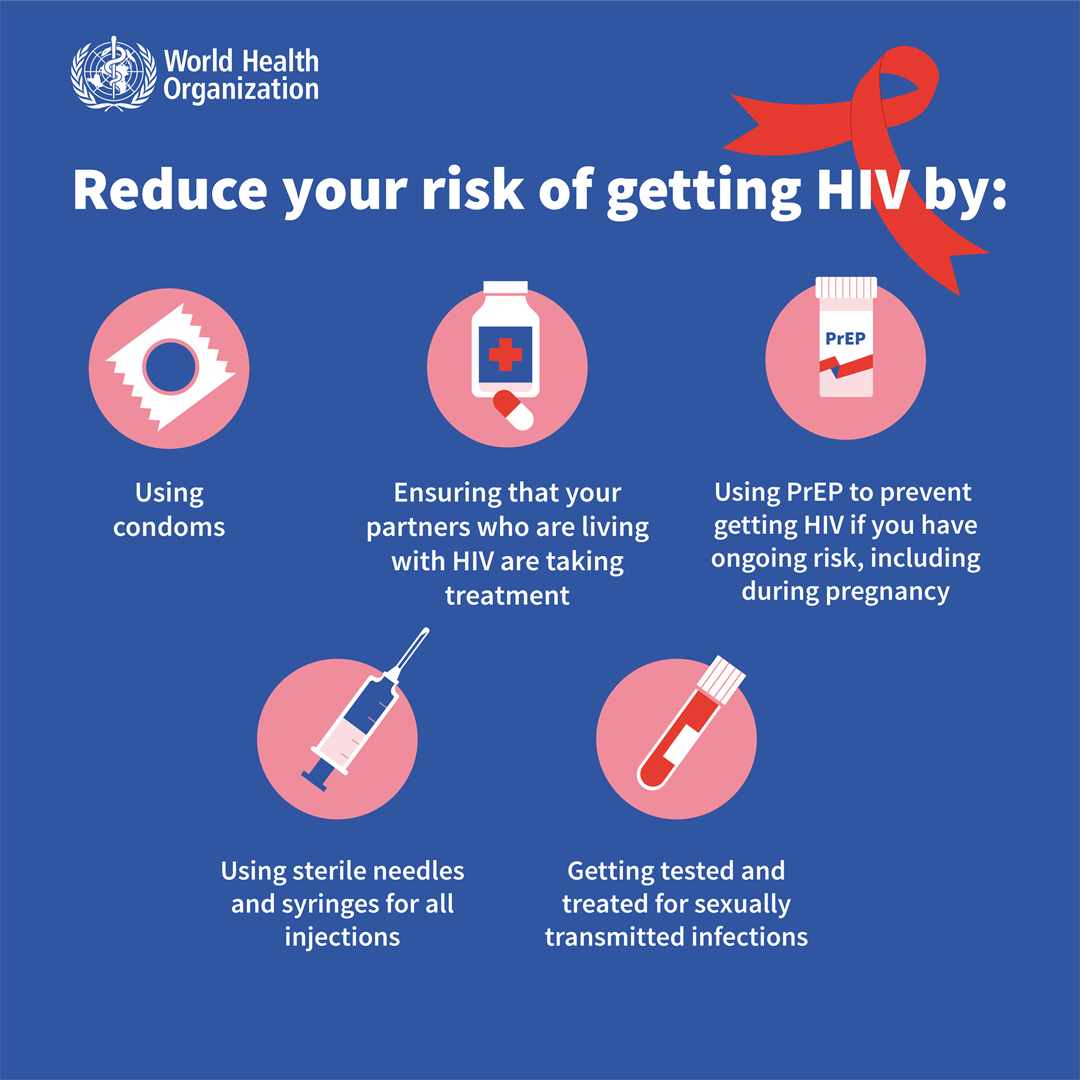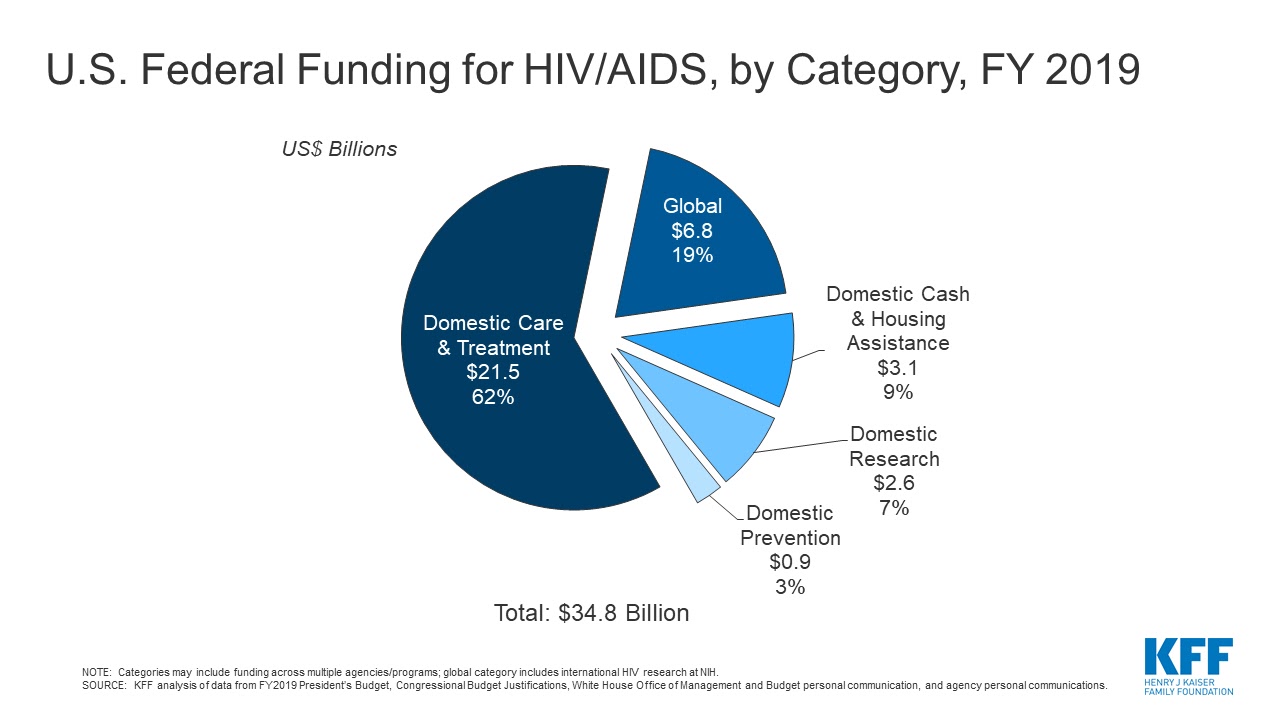AIDS

Overview of AIDS:
AIDS (Acquired Immunodeficiency Syndrome) is a chronic, potentially life-threatening condition caused by the Human Immunodeficiency Virus (HIV). HIV attacks the body's immune system, specifically the CD4 cells (T lymphocytes), which help fight infections and diseases. If left untreated, HIV can lead to AIDS, the most advanced stage of the infection, where the immune system is severely damaged, making the individual more vulnerable to opportunistic infections and certain cancers.
Importance of understanding and addressing the issue:
Understanding and addressing the issue of HIV/AIDS is crucial for several reasons. Firstly, treating people living with HIV early in their infection dramatically reduces the risk of transmitting the virus to others, emphasizing the importance of HIV testing and access to medical care and treatment. Effective prevention programs have the potential to greatly reduce the financial burden of the HIV/AIDS epidemic.
The Ending the HIV Epidemic (EHE) initiative focuses on four key strategies to prevent new HIV infections: early diagnosis through testing, prevention of sexual transmission using condoms, prevention of mother-to-child transmission, and harm reduction for people who inject drugs. These strategies help connect people with treatment and medication to prevent further transmission, reduce the chance of HIV-positive individuals infecting their partners, and protect infants from acquiring the virus.
Moreover, antiviral treatments for HIV have reduced AIDS deaths globally, and international organizations are working to increase the availability of prevention measures and treatment. Addressing HIV/AIDS is also essential for achieving the Sustainable Development Goals, as it involves protecting labor rights and ensuring that people living with and affected by HIV enjoy full and productive lives.
History of AIDS:
The history of AIDS can be traced back to the first reported cases in 1981. Key events and discoveries in the timeline of the HIV/AIDS epidemic include:
- 1981: First reported cases of AIDS.
- 1982: U.S. CDC establishes the term Acquired Immune Deficiency Syndrome (AIDS).
- 1985: President Ronald Reagan mentions AIDS publicly for the first time; First International AIDS Conference held in Atlanta.
- 1987: President Reagan makes his first public speech about AIDS and establishes the Presidential Commission on HIV.
- 1991: The Visual AIDS Artists Caucus launches the Red Ribbon Project as a visual symbol to demonstrate compassion for people living with AIDS and their caregivers.

Causes and Transmission:
HIV (Human Immunodeficiency Virus) is a virus that attacks the immune system, making it difficult for the body to fight off infections and diseases. If left untreated, HIV can progress to AIDS (Acquired Immunodeficiency Syndrome), which is the late stage of HIV infection when the body's immune system is severely damaged.
Modes of transmission for HIV include:
1. Sexual contact: Unprotected sex (without a condom or HIV medicine) with an infected person can transmit the virus through blood, semen, vaginal fluids, and rectal fluids.
2. Sharing needles: Injecting drugs with needles shared with an infected person can transmit the virus.
3. Mother-to-child transmission: HIV can be transmitted from an infected mother to her child during pregnancy, childbirth, or breastfeeding.

Global Impact:
The global impact of HIV/AIDS is significant, with an estimated 34.3 million people living with the virus, mostly in low- and middle-income countries. In 2021, around 650,000 people died from AIDS-related illnesses worldwide. The regions most affected by HIV/AIDS include:
1. Eastern and southern Africa: 20.6 million people with HIV (53% of the global total)
2. Western and central Africa: 5 million people (13%)
3. Asia and the Pacific: 6 million people (15%)
4. Western and central Europe and North America: 2.3 million people (5%)
Sub-Saharan Africa has the highest HIV prevalence, with nearly 68% of the world's HIV-positive population living in the region. In some parts of this region, as many as 1 in 4 adults are infected with HIV.

Social and Economic Impact:
HIV/AIDS has a significant social and economic impact on communities and families. The disease affects the economy primarily through increased mortality and morbidity, reducing the availability of human capital. On a household level, AIDS results in both the loss of income and increased spending on healthcare. Households with an HIV/AIDS patient spend twice as much on medical expenses compared to other households.
The economic effects of AIDS are felt first by individuals and their families, then ripple outwards to firms, businesses, and the macro-economy. The overall impact of AIDS on the macro-economy is small at first but increases significantly over time. Several studies have found that these effects could be large in some African countries, with a correlation between decreasing life expectancies and the lowering of gross national product in many African countries with high HIV prevalence.

Prevention and Treatment:
Methods of prevention for HIV/AIDS include:
- Pre-exposure prophylaxis (PrEP): A daily pill taken by people at risk for HIV to prevent getting the virus from sex or injection drug use. PrEP reduces the risk of getting HIV from sex by about 99% when taken as prescribed and reduces the risk by at least 74% among people who inject drugs when taken as prescribed.
- Using condoms: Proper use of condoms and other protective barriers during sexual activity greatly reduces the chance of HIV transmission.
- Prevention of mother-to-child transmission: Medical interventions can help prevent the transmission of HIV from an HIV-positive mother to her child during pregnancy, childbirth, or breastfeeding.
- Safe injection practices: Avoiding sharing needles and using sterile equipment can reduce the risk of HIV transmission among people who inject drugs.

Advances in treatment options for HIV/AIDS include:
- Antiretroviral therapy (ART): A combination of HIV medicines taken daily to treat HIV infection. ART helps people with HIV live longer, healthier lives and reduces the risk of HIV transmission.
- Post-exposure prophylaxis (PEP): A short-term treatment started as soon as possible after a potential exposure to HIV, usually within 72 hours. PEP involves taking antiretroviral medicines for 28 days to prevent HIV infection.
Stigma and Discrimination:
Challenges faced by people living with AIDS:
People living with AIDS face numerous challenges due to stigma and discrimination. These challenges include negative attitudes and beliefs about people with HIV, avoidance behaviors, gossip, verbal abuse, and social rejection. Stigma and discrimination can lead to rights violations, impeding access to education, healthcare, work, access to justice, privacy, family, and bodily autonomy. This can also discourage individuals from learning their HIV status, accessing treatment, or staying in care.
Efforts to combat stigma and discrimination:
Efforts to combat stigma and discrimination include raising awareness about HIV transmission, dispelling misconceptions, and promoting a culture of acceptance and understanding. Breaking down HIV stigma is a critical part of ending the HIV epidemic. Health care personnel should also be educated on the importance of treating patients with HIV without prejudice, as stigma and discrimination can persist even in healthcare settings.

Current Research and Future Prospects
Ongoing research in the field of AIDS:
Ongoing research in the field of AIDS aims to achieve a functional cure, which would allow people living with HIV to be healthy and medication-free without necessarily eradicating the virus completely. Current research explores the potential of combination investigational therapies to induce expression of latent HIV reservoirs, which are the main obstacle in achieving a cure. Some promising approaches include T cell vaccines, which have shown potential in immunologically controlling the virus.

Potential breakthroughs and future developments:
Future developments in HIV treatment may include advancements in prevention methods, such as the use of antibodies and vaccines. The ultimate goal is to achieve a complete cure for HIV, which would entail both remission and eradication. However, challenges such as resistant mutations and the need for lifelong treatment remain.
Conclusion
HIV research has made remarkable progress since the disease was first identified in the 1980s, leading to the development of new prevention methods and therapies to extend the lives of those living with HIV. Today, more tools than ever are available to prevent HIV, including strategies such as abstinence, never sharing needles, using condoms, and taking HIV prevention medicines like pre-exposure prophylaxis (PrEP) and post-exposure prophylaxis (PEP).
Antiretroviral therapy (ART) has been crucial in helping keep HIV from progressing to AIDS and reducing the risk of transmitting HIV to others. Treatment as prevention (TasP) has been shown to be highly effective in preventing HIV transmission.
The future of HIV research focuses on developing long-acting prevention tools, vaccines, and new treatments to further improve the lives of those living with HIV and prevent the spread of the disease. Continued research and development in HIV prevention and treatment will play a crucial role in achieving global health goals and ultimately ending the HIV/AIDS epidemic.
Call to Action:
Increased awareness and support are essential in addressing HIV stigma and discrimination. By educating ourselves and others about HIV, its prevention, and treatment, we can challenge misconceptions and promote understanding. Encourage open conversations about HIV and its impact on individuals and communities, and support organizations working to reduce stigma and improve the lives of those living with HIV. Together, we can create a more inclusive and supportive environment for people affected by HIV and contribute to the global effort to end the HIV/AIDS epidemic.



